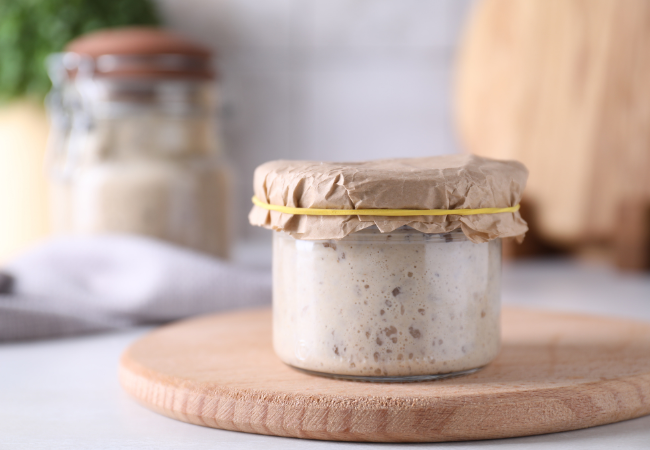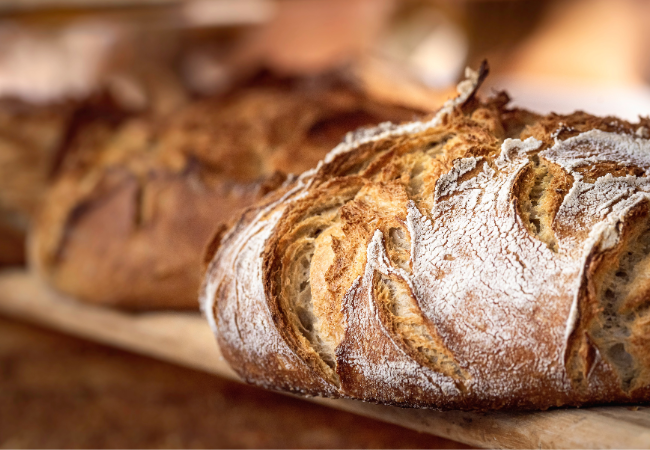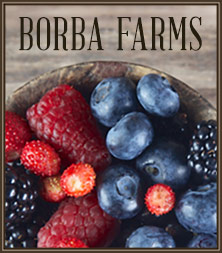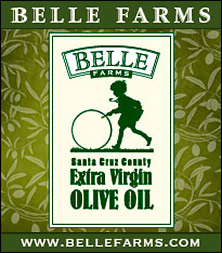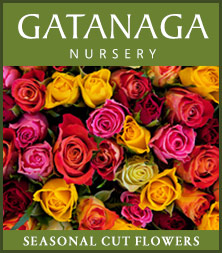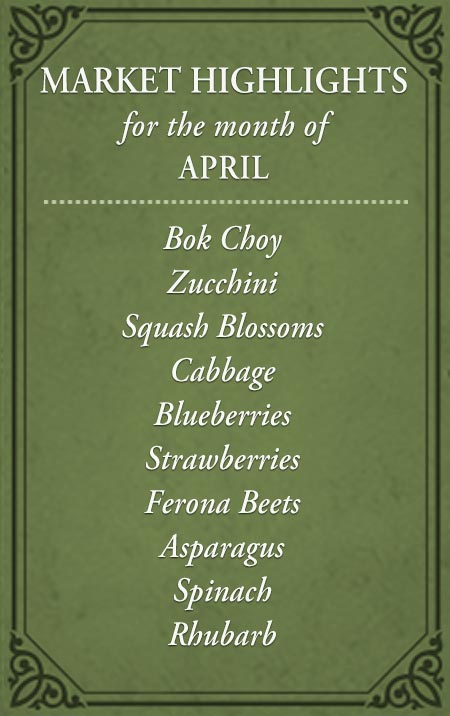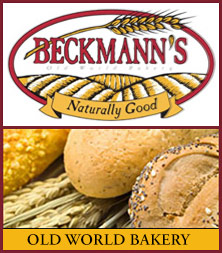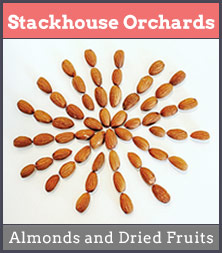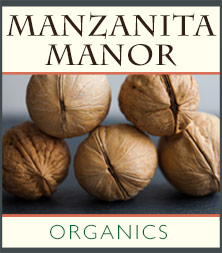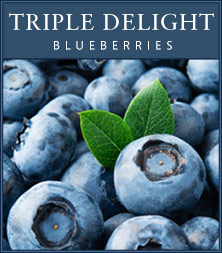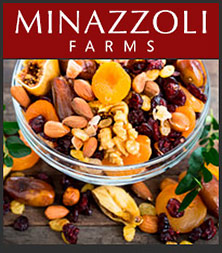If you’ve just begun your sourdough journey, congratulations — you’re keeping a little kitchen “pet” that rewards you with delicious bread, pancakes, pizza, and more! The good news is: keeping a sourdough starter happy doesn’t have to be complicated. With a little consistency and a few simple habits, your starter will thrive for years to come.
Quick Tips for Success
- Use filtered water. A simple Brita filter is fine. Chlorine in tap water can harm the wild yeast.
- Use only ORGANIC flour. Conventional wheat is often grown in fields treated with chemical herbicides, including glyphosate, which can leave residues in the grain.
- Feed once a day. I keep mine on the kitchen counter and feed in the evening. By morning, it’s bubbly and ready to bake with.
- Don’t stress if you forget. Skip a day? No big deal—just feed as soon as you remember. But feeding consistency is best!
- Know when it’s ready. A healthy starter doubles in size and has bubbles on top. The best time to use it is just after it peaks and begins to fall—that’s when the yeast is hungry and active.
- Watch the weather. On warm days, your starter will rise faster. On cooler days, it may take a bit longer. You can adjust the feeding ratios if you need the starter to be ready sooner. (See below.)
Feeding Made Simple
There are precise feeding ratios (1:5:5 by weight: one part starter, five parts water, five parts flour), but here’s an easy method for beginners:
- Keep a little. Pour off all but a tablespoon or two of starter. (The part you remove is called the “discard.”) This is about 20 grams.
- Add water. Stir in 100 grams of filtered water.
- Add flour. Mix in 100 grams of flour. Stir well.
- Cover lightly. Use a loose lid, a coffee filter with a rubber band, or plastic wrap.
- Wait. Leave it out overnight at room temperature. In the morning, it will be bubbly and ready to go!
Want your starter ready sooner? Try a smaller ratio like 1:3:3 or 1:2:2, and place the jar somewhere a little warm — it can be ready in just a few hours.
What About the Discard?
Don’t throw it away! Starter discard adds flavor and texture to all kinds of recipes:
- Pancakes, waffles or Dutch babies
- Muffins, scones or quick breads
- Focaccia or pizza dough
- Crackers
- Bonus tip: dilute a tablespoon of discard in a gallon of water with a spoonful of molasses, and you’ve got a fantastic fertilizer for your garden’s soil microbes!
Countertop or Fridge?
Some people like to store their starter in the fridge, feeding just once a week. That’s fine if you don’t bake often. Personally, I keep mine on the counter — I use the discard regularly and enjoy having an active, balanced starter always ready for baking.
Think of your starter as a friendly little rhythm in your kitchen — feed, watch it rise, bake, and enjoy. With just a few minutes of care each day, you’ll have a sourdough companion that gives back tenfold in flavor, tradition, and joy.
If you have questions about sourdough starter, feel free to email akeller@montereybayfarmers.org. Annaliese is a former pastry chef and enjoys helping others on their baking journeys!


